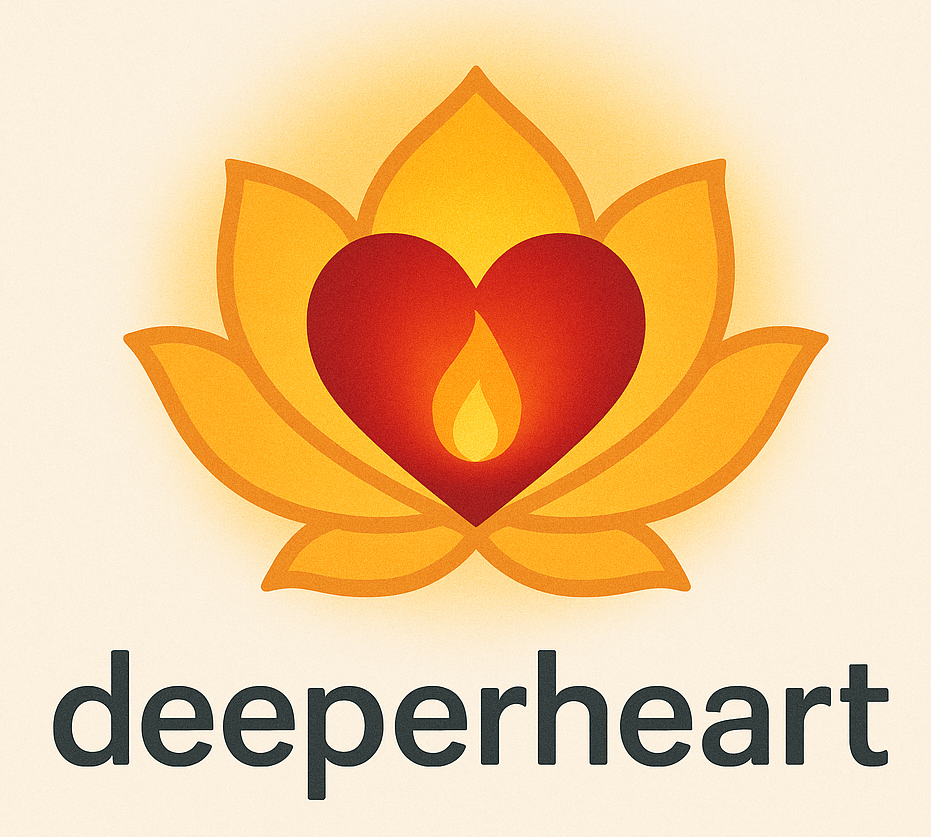By George Norwood
It was a bright and windy Saturday in North Dallas when Dave and Mary walked into a modest, modern building just off Preston Road.
It was their second visit to Zim, the soft-spoken guide who had once said something that lingered in Dave’s mind ever since: “You are the one who notices the storm, not the storm itself.”
Today, Dave needed more than just insight. He needed peace.
Zim greeted them with a warm smile. He wore a plain gray shirt and jeans, and his office was an odd mixture of calm and curiosity. Mounted on one wall was a high-resolution EEG display with colored waveforms cycling through brainwave states.
On another table sat a compact device labeled “HRV Sensor”—a heart rate variability monitor synced to a breathwork app. The walls were covered in clean, minimalist posters with simple sayings:
“You are not the voice in your head.” “Let go. Let flow.” “Surrender is not weakness—it’s the release of resistance.”
“The present
moment is your true home.” Mary’s eyes lit up as she scanned them. “I want those posters in our
bedroom.”
Dave nodded quietly, his mood heavier than usual. “Zim, I’ve been waking up at 3 a.m. worrying about everything—money, the future, even conversations from twenty years ago.”
Zim nodded thoughtfully and gestured to the HRV monitor. “Sit down, let’s measure your nervous system. Stress always leaves a signature.”
Dave clipped the sensor to his finger. A display showed elevated heart rate and low variability—classic markers of anxiety.
“Your system’s locked in ‘fight-or-flight,’” Zim said gently. “Singer would say your inner energy is trapped—frozen by holding onto fear. But you're not the fear. You’re the one who notices it.”
Dave took a deep breath, not as a technique—but as a realization.
Mary turned to Zim. “We’ve been reading Living Untethered together. I get that we’re not our thoughts, and I even feel it sometimes. But how do I let go when my chest tightens with old grief?”
Zim leaned back and pointed to one of the posters. “Don’t push the feeling away, and don’t pull it closer. Just relax and let it pass through like a wave. That’s what Singer means when he says: you’re the sky, not the weather. The energy wants to rise and release. You just have to get out of its way.”
Dave sat up a little. “So… when my mind starts obsessing, I shouldn’t try to fix the thought, but watch it?”
“Yes,” said Zim. “Observe it without grabbing it. Every time you stay in the seat of awareness, you loosen the grip your old mental patterns have on you.”
He paused and added, “Singer calls this the art of surrender—allowing life to unfold without demanding it feel a certain way.”
Mary pointed to another device on a shelf. “What’s that?”
“That’s a biofeedback bracelet,” Zim said. “It detects micro-muscle tension and buzzes gently when you tighten up—shoulders, jaw, fists. It’s not magical—it just makes the unconscious tension conscious, so you can release it in real time.”
